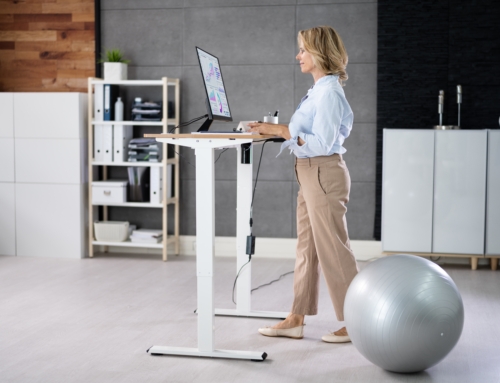This often-used core stability exercise can be done in many ways, but are they all equally effective? Let’s take a look inside the strength-building pillar plank.
First, let’s talk about what the plank is intended to do for us. It’s mostly an isometric hold exercise, but there are many variations which add some movement, whether it be the arms, legs or both. The mission is to build strength in the muscles directly resisting gravity, which is a lot of muscles! Mainly it’s performed to increase core/abdominal strength. Depending on how you position your body, different muscles are loaded at different levels of intensity.
The mistake which many people make with planks is that they are being done out of an aligned posture. That’s because a plank is much easier if your ass is sticking up in the air, your thoracic spine is popping towards the ceiling and you are stabilizing with your pecs, traps and hip flexors. The correct posture is more challenging. It’s also relatively simple to make the changes you need to your lumbar spine, thoracic and cervical areas.
Watch this video to see a progression of simple to complex planks–and why we do them! We’ll also explore the idea of a neutral spine. There are many more variations of the plank then demonstrated here, but these should get you started. From there you can explore the plank on the TRX, physio ball, foam roller, BOSU and medicine balls, just to name a few. For more information, or to set up an a session at Nimble, please contact me at Daniel@www.nimblefitness.com.


